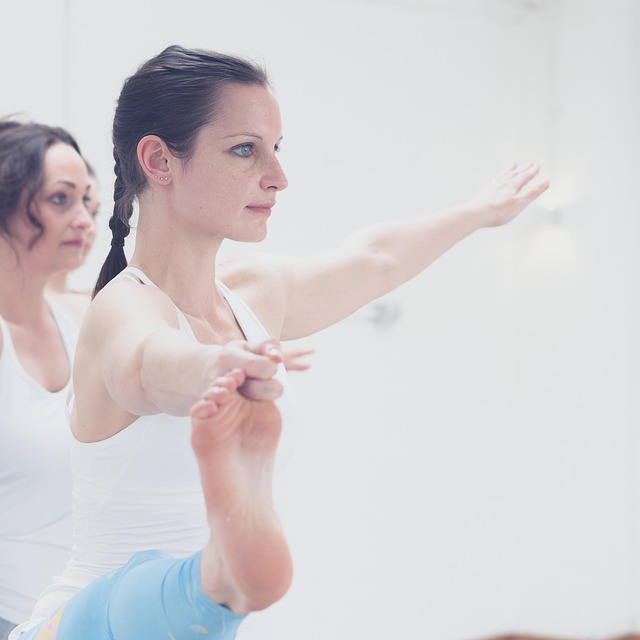Every couple has a story waiting to be told, a quiet moment that flickers like a flame between two hearts. For photographers, the art of documenting that intimacy is less about a technical checklist and more about translating feelings into light and frame. When a photographer sets out to capture love, the camera is not just a tool; it becomes a conduit for emotion. The challenge lies in finding the right balance of optics, exposure, and storytelling that honors the tenderness of “to the lovers” without over‑staging the scene.
The Anatomy of a Photograph
Before a shutter can capture a heartbeat, the camera must first understand the world it observes. The sensor, the lens, and the film—or digital sensor—form a triad that converts photons into pixels. Each component carries its own set of parameters that influence the final image. Understanding how light interacts with a camera’s optics helps photographers make deliberate choices, ensuring that every shot speaks to the soul of the moment.
Light and Lens: The Core Duo
In the realm of romance photography, light is the most subtle and powerful storyteller. Natural daylight offers a soft, diffuse quality that can heighten the gentle nature of a lovers’ gaze. However, controlled lighting—such as a small LED panel or a softbox—can add depth and focus. Coupled with the right lens, light becomes a narrative device that frames the intimacy between two people.
Choosing the Right Lens
While any lens can capture a beautiful moment, certain focal lengths and apertures are particularly suited to portraiture and romantic storytelling. Prime lenses, like a 50mm or a 85mm, deliver sharpness and a natural perspective that feel personal and intimate. Wide‑angle lenses can capture more context, which is useful when you want to frame lovers within a landscape or a bustling city scene.
Understanding Aperture and Depth of Field
Aperture, measured in f‑numbers, determines how much light the lens lets in and how shallow or deep the background appears. A wide aperture (f/1.4 to f/2.8) produces a beautiful bokeh that isolates the couple from the background, drawing the viewer’s eye straight to their faces. For scenes with subtle depth, a narrower aperture (f/5.6 to f/8) ensures both the foreground and background remain in focus, preserving context while still maintaining emotional impact.
Exposure Basics: ISO, Shutter Speed, and Balance
The exposure triangle—ISO, shutter speed, and aperture—must be managed to create images that feel authentic. Lower ISO settings reduce noise but require more light, which is ideal for bright daylight shoots. For twilight or candlelight scenes, a higher ISO can bring warmth without losing detail. Shutter speed is crucial when capturing movement; a slower speed (1/30 sec) can blur a lover’s hand as it touches another’s cheek, while a fast speed (1/500 sec) freezes a fleeting kiss.
Practical Exposure Techniques
- Metering Mode: Evaluative or matrix metering helps balance the scene by considering multiple points, ensuring both subjects are correctly exposed even in high‑contrast environments.
- Histogram Monitoring: Real‑time histogram feedback helps detect overexposure or underexposure, allowing the photographer to adjust settings on the fly.
- Exposure Compensation: In tricky lighting, a slight negative or positive exposure compensation can correct the camera’s automatic bias, capturing the natural skin tones of “to the lovers”.
Composition: Framing the Story
Beyond the technicalities, composition dictates how the narrative unfolds. The rule of thirds, leading lines, and framing all serve to guide the viewer’s eye. In romantic photography, symmetry can evoke harmony, while asymmetry can suggest spontaneity. A simple shot of a hand entwining fingers, placed slightly off‑center, can create a dynamic, emotionally charged composition.
Capturing Intimacy: Tips and Tricks
- Use a low angle to make the subjects feel more powerful and intimate.
- Employ a shallow depth of field to isolate the couple from distracting surroundings.
- Focus on subtle details: a glint in the eye, the curve of a smile, or the way hands fit together.
- Encourage natural movement—walk together, laugh, or share a quiet moment—to capture authentic emotions.
- Use available light to create a warm, golden ambiance that feels enveloping.
Editing for Emotion
Post‑processing is the final brushstroke on the canvas of romance. While the camera sets the groundwork, editing can enhance the mood without compromising authenticity. Adjusting contrast, saturation, and color temperature can bring out the subtle warmth of skin tones. A gentle vignette or slight softening can add a dreamlike quality, aligning the image with the tender feelings shared between “to the lovers.”
Workflow for Romantic Portraits
- Import RAW files and organize them by session and shoot date.
- Apply a baseline exposure correction and white balance.
- Crop or straighten to tighten the composition, keeping the focal point of intimacy at the center.
- Enhance skin tones with subtle curves and selective color adjustments.
- Export with high resolution and maintain a consistent style across the gallery.
Final Thoughts: The Photographer as Storyteller
When a photographer sets out to capture a moment of love, the role shifts from a mere observer to an intimate storyteller. Every choice—lens selection, exposure settings, composition, and editing—must serve the narrative of “to the lovers.” The true challenge is to preserve authenticity while translating emotion into light and color. By mastering camera optics and exposure fundamentals, photographers can create images that resonate deeply, preserving the fleeting whispers of love for a lifetime.



